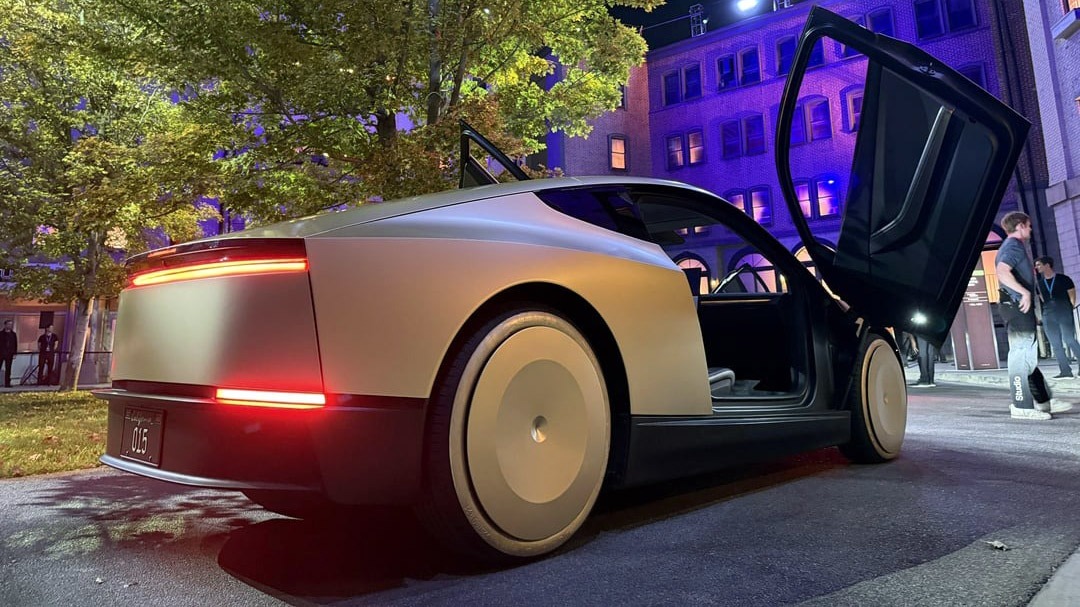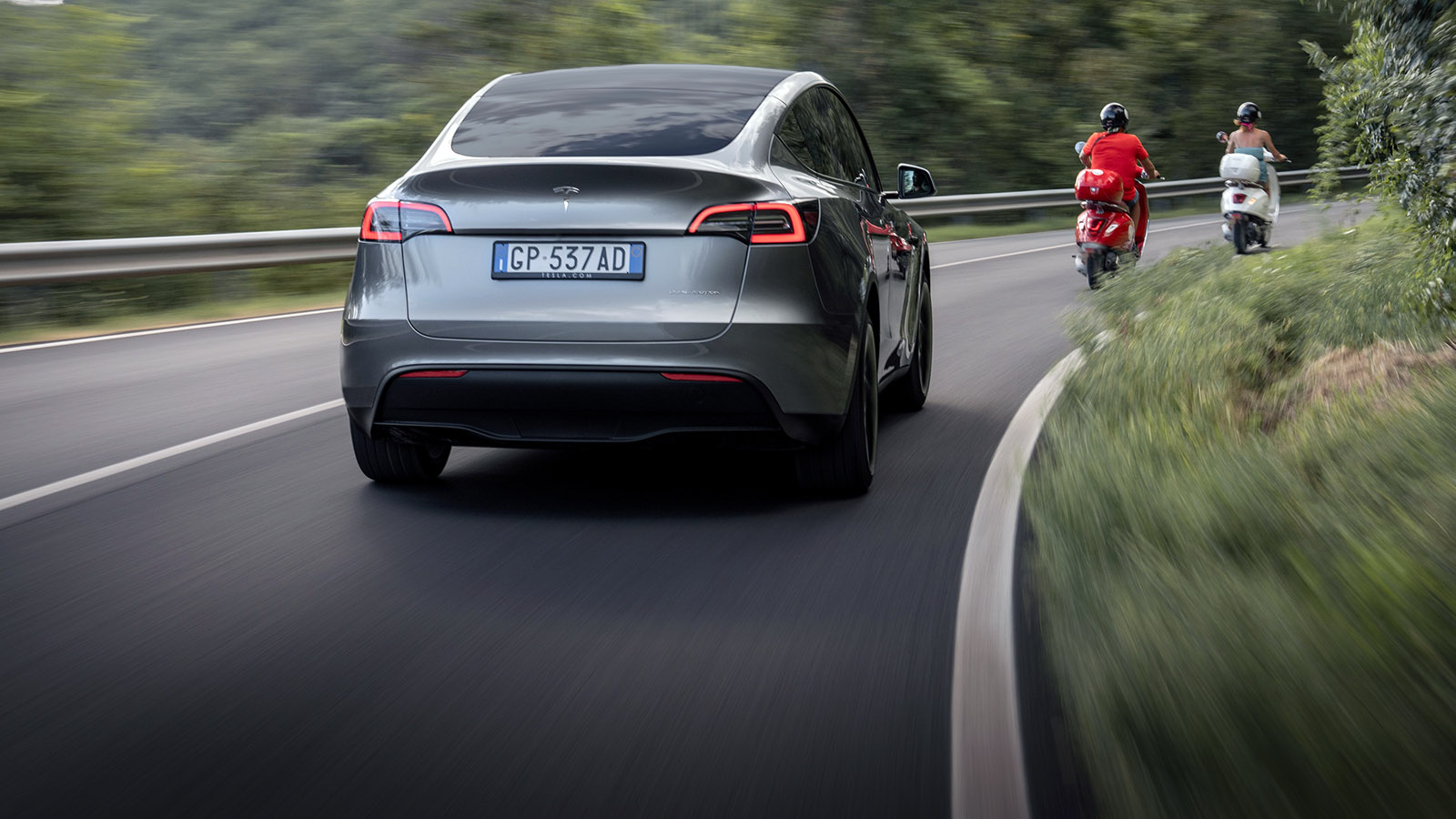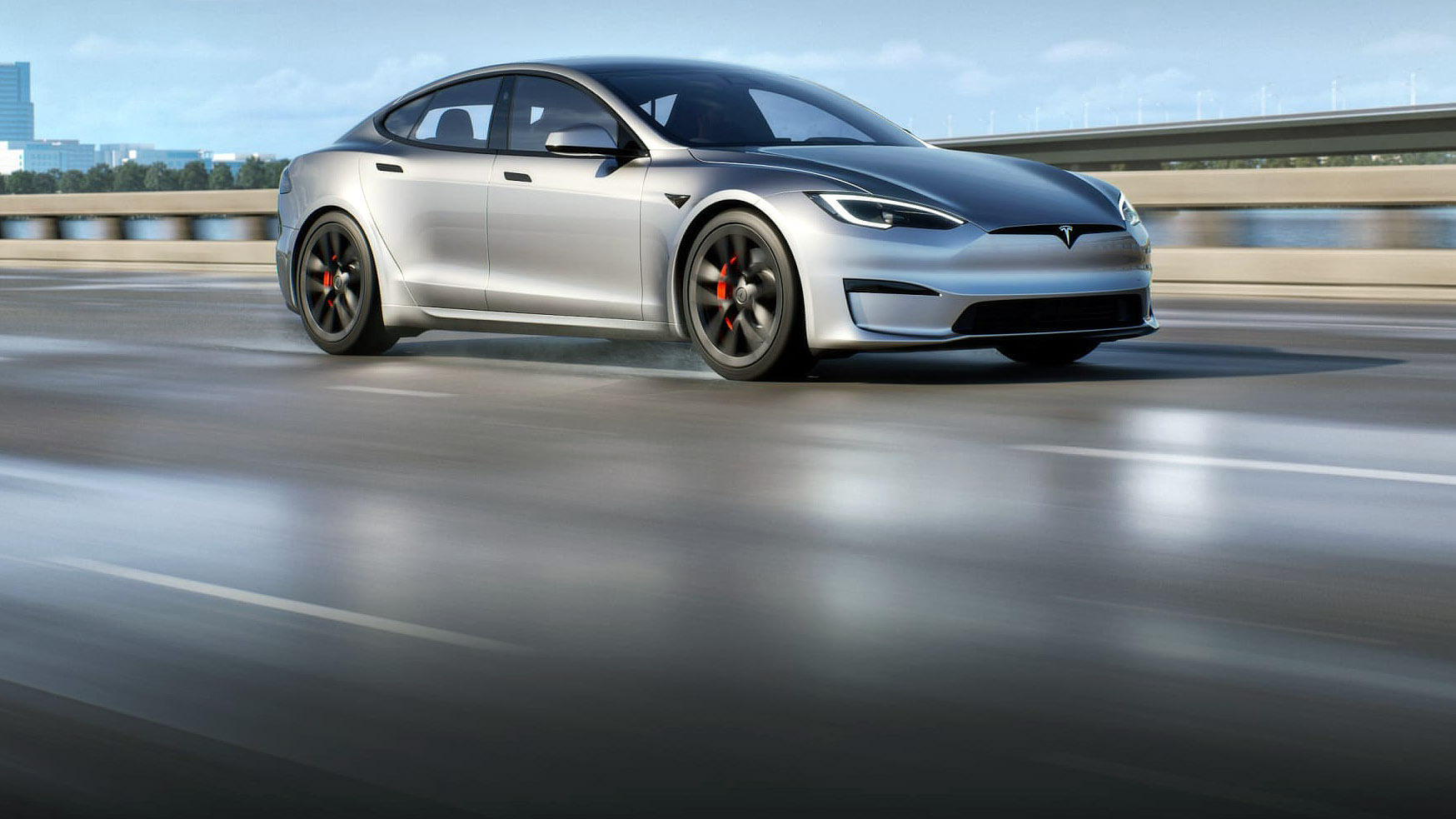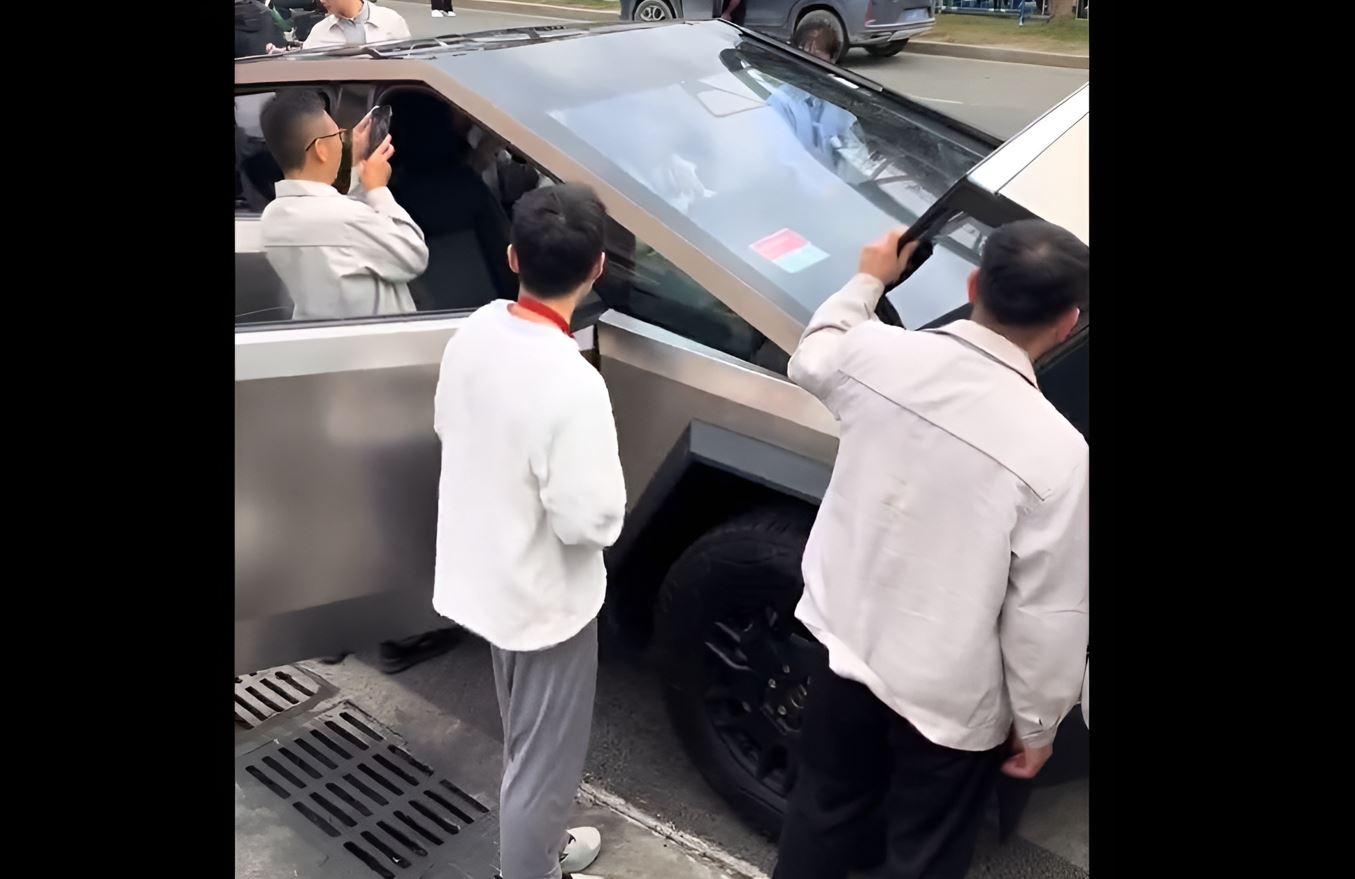One of the leading electric vehicle manufacturers has recently unveiled its latest model, the NIO ET9 sedan. This vehicle’s specifications position it prominently in the high-end electric car market, accompanied by a price tag that reflects its premium status.
Price and Powertrain Details
Starting at over $100,000, the ET9 is equipped with a groundbreaking 925V drivetrain and NIO’s SkyRide intelligent chassis. This advanced setup includes innovative features like Steer-by-Wire, Rear-Wheel Steering, and Full Active Suspension systems, all combined into one impressive package.
The Full-Link Ultra-Low Latency communication protocol is a game-changer, enabling the suspension to respond in less than 0.3 seconds. This means the ET9 remains stable even if a tire blows out while traveling at speeds of 100 mph, as demonstrated in the test footage below.
Design and Interior Space
The ET9 sedan is a spacious and luxurious four-seater, offering ample legroom and headroom. It measures 5,325 mm in length, 1,621 mm in height, and has a wheelbase of 3,250 mm, providing comfort for all passengers.
What stands out most about the ET9 is its powertrain configuration and processing capabilities. NIO has successfully developed its own Shenji NX9031 self-driving chip, utilizing a cutting-edge 5nm production process. In addition to a wide array of cameras and sensors, the vehicle’s self-driving system features not only a LiDAR on top but also two side LiDARs. This is a significant difference from Tesla’s Full Self-Driving setup, which primarily depends on camera inputs.
Advanced Technology Features
The NIO ET9 marks a milestone as China’s first mass-produced vehicle to incorporate steer-by-wire technology. It also boasts rear-wheel steering with a sharper turning angle of 8.3 degrees, surpassing the capabilities of Tesla’s Cybertruck. This allows the ET9 to achieve a turning diameter of just 10.9 meters, making it easier to perform tight U-turns and park in confined spaces.
Equipped with a 100 kWh battery, the ET9 can travel 650 kilometers, or over 400 miles, according to the local CLTC test standard, which tends to be more lenient than the EPA assessments used in the US.
NIO has opened preorders for the 700HP ET9, offering an initial batch of 999 limited edition units starting at $94,500. This includes NIO’s innovative BaaS (battery-as-a-service) option, which allows users to swap their battery for a fully charged one in just three minutes at any of the many swap stations. The monthly rental for the battery pack is $150. Regular deliveries of the new NIO ET9 electric sedan are expected to commence in March 2025.
Source: Link
















